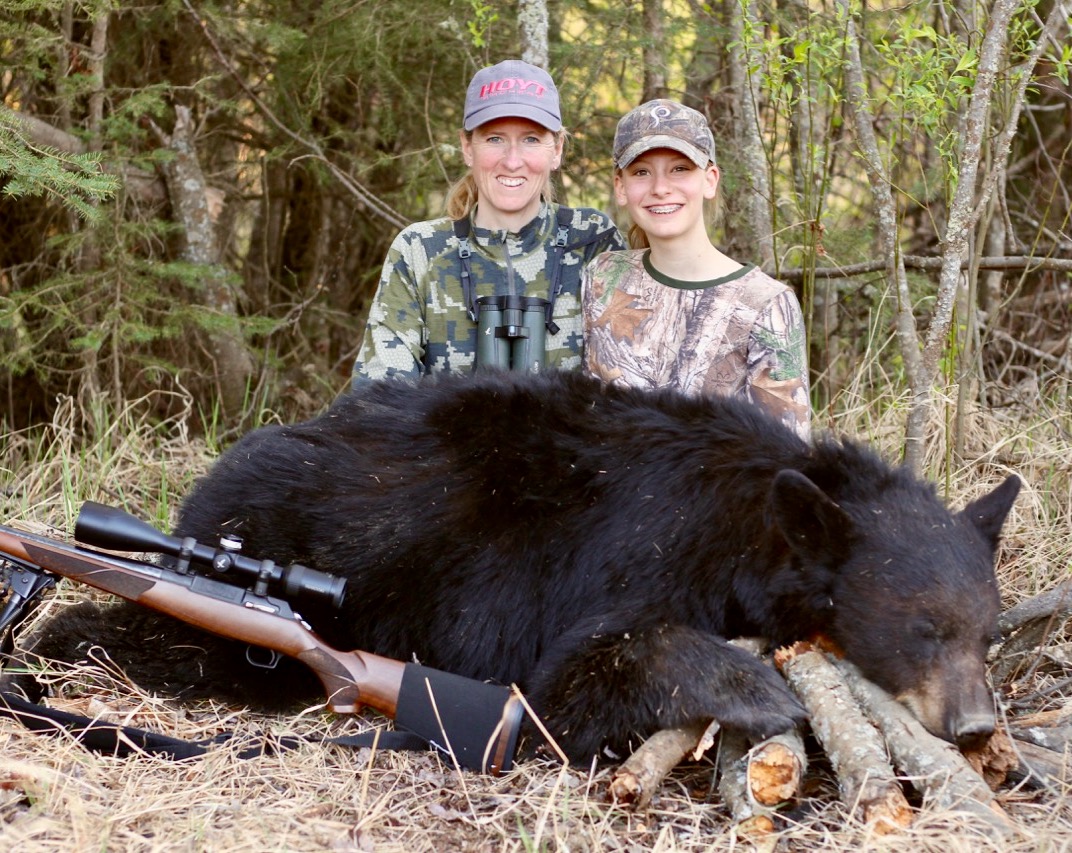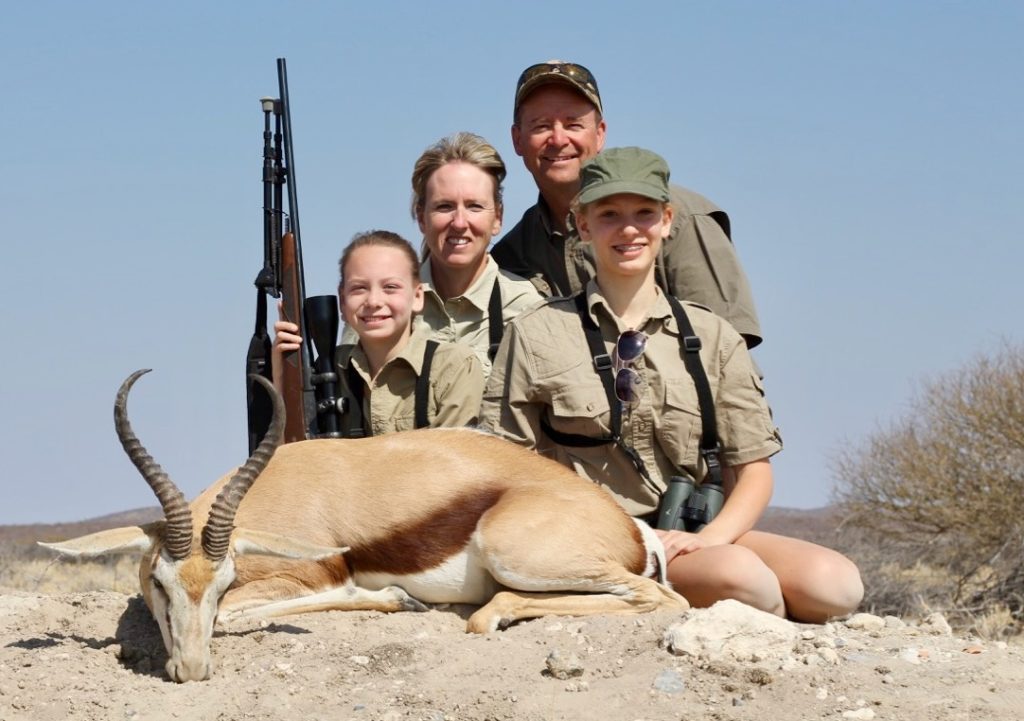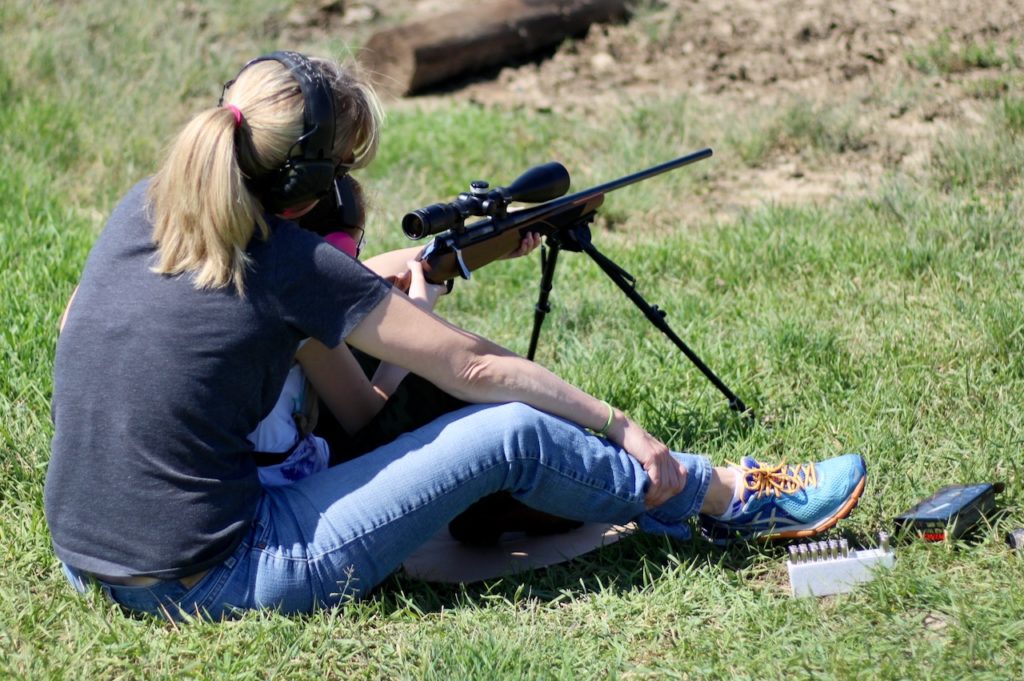Young guns
A step-by-step approach to successfully get kids excited about hunting
Advertisement
#7 MAKING THE SHOT
My daughters are now comfortable handling firearms, as well as bows, but it took a gradual, careful approach. Here’s how my wife, Heather, and I got them up to speed.
Advertisement
RIMFIRE RIFLES
There is simply no better way to teach youngsters to shoot than with a rimfire rifle. Both of my daughters began with a .22 LR, shooting at a variety of paper, metal and swinging targets at close range, typically 20 yards or less. My wife and I always stressed the importance of precision, not squeezing the trigger until they were certain of a safe backdrop, and understanding that a bullet hits exactly where it’s aimed. The more my kids went through the motions of safe gun handling, loading, discharging and unloading, the more proficient they became. Eventually, they advanced to shooting 50-yard targets.
It’s worth noting my daughters took to shooting straight away. Why? Mostly because my wife and I removed as many limiting factors as possible. Rather than using a shooting bench, for example, we put bipods on their rifles right from day one. The whole point of shooting is accuracy, and a solid rest helps with that. We also took them to a pasture where there was a chance to shoot gophers. If you want to get youngsters hooked, gophers and other little varmints are the answer.
Advertisement
CENTREFIRE RIFLES
After mastering the rimfire, the girls advanced to a small-calibre centrefire. The year we went to Africa, my older daughter, Chelsea, was 14 and had already earned her hunter education certificate, so she trained with a .243 Winchester. Paige, who was four years younger and weighed barely 80 pounds, was apprehensive about using a centrefire because of the noise and recoil. Helping her through that required several careful steps. With gentle encouragement, we suggested that Mom could sit directly behind her and brace her as she shot (above). That worked great, and after only five rounds Paige eagerly proclaimed, “I got this mom! I can shoot on my own!” No, we didn’t abandon her altogether at that point. Recognizing the importance of small progressions, we literally kept a hand on Paige’s back at first, then gradually moved away with each shot until she felt—and looked—entirely confident. Once they could shoot centrefires, both girls routinely practised out to 125 yards, using both paper targets and image targets of big-game animals with the kill zones clearly outlined.
SHOTGUNS
Teaching kids how to handle shotguns is different. The ideal way to start is to have them shoot a lighter gun and load at clay targets. Some people believe in starting kids out with a single-shot break action, but we felt confident our girls could handle more. Instead, they began with an inexpensive Mossberg semi-auto 20-gauge. It was light and smooth, with a short walnut stock, making it ideal for youngsters. As with their skills progression with rifles, the girls followed a similar routine with the shotgun and took to it quickly.
COMPOUND BOWS
Begin by teaching young archers proper form. Then instill in them an understanding that precision and knowing their limits are imperative. Give them age- and size-appropriate equipment to use, and teach them how important it is to have properly tuned gear. As with firearms training, start developing their skills at close distances, only advancing to longer shots once they are ready. Since shot placement is so important, I think 3-D targets offer the best all-around simulations for bowhunting. You also have to teach new shooters that broadheads kill by hemorrhaging alone, which reinforces the importance of heart and lung shots. As I did with my daughters, I encourage new bowhunters to limit their shots to distances of 30 yards or less in actual hunting situations.



